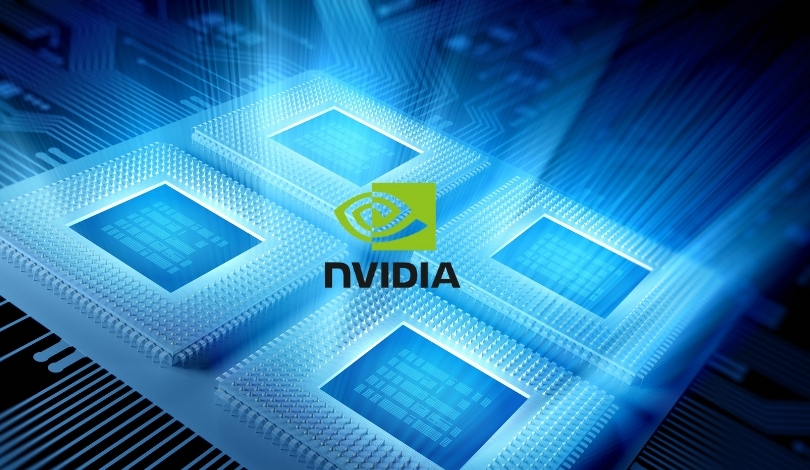A leading electronics retailer in Germany is experiencing sluggish sales of Nvidia and AMD’s entry-level 8GB graphics cards, drawing attention to shifting consumer preferences in the PC gaming market. With graphics-intensive titles requiring more video memory, users appear less willing to opt for models offering limited VRAM capacities. Retailers are observing that demand is focusing on products that can better accommodate modern gaming needs, signaling a trend that may influence future inventory choices and product releases. Current patterns may impact pricing and supply, as manufacturers assess the waning appeal of lower-end options. Consumer forums and social media discussions reveal a similar sentiment among gamers, highlighting frustration with hardware limitations in affordable GPUs.
Earlier reports highlighted steady sales for budget graphics cards as more affordable alternatives to premium models. During previous economic downturns and supply shortages, budget cards from Nvidia and AMD filled a vital market gap, especially when expensive models were in short supply. However, as the gaming landscape has evolved and more demanding software titles have emerged, the value proposition of 8GB GPUs has diminished. Customer expectations have shifted towards products with higher performance thresholds, altering the sales landscape for retailers and suppliers across Europe and beyond.
What Drives the Shift in GPU Preferences?
The main factor influencing this shift is the increasing system requirements for newer PC games, many of which recommend or demand more than 8GB of VRAM for smooth operation at high settings. Gamers upgrading their PCs are considering longevity and future-proofing, and thus are steering clear of entry-level models like the Nvidia GeForce RTX 3050 and AMD Radeon RX 6600. A sales representative noted,
“Many customers compare specifications and choose cards with higher VRAM, often skipping 8GB models altogether.”
This has led to oversupply of these lower-end cards, leaving retailers to reconsider their order volumes and promotional strategies.
How Are Nvidia and AMD Responding to This Trend?
Both Nvidia and AMD have continued to market their mainstream and high-end products aggressively, releasing cards with 12GB or more VRAM to meet growing expectations. Their product line-ups have increasingly focused on models like the Nvidia GeForce RTX 4060 and AMD Radeon RX 7600, which feature higher memory capacities and better performance. While entry-level offerings remain available, adjustments in production and marketing may follow as companies monitor consumer buying habits in Europe’s significant PC gaming market.
What Does Weak Demand Mean for Retailers and Gamers?
Retailers are likely to face challenges in moving existing inventory, potentially leading to promotional discounts or bundled deals on unsold 8GB cards. Gamers are becoming more selective, preferring to wait for price drops on superior cards or saving for mid-tier models that better address long-term gaming ambitions. The current situation may prompt smaller retailers to shift their product selections, or even reduce their focus on low VRAM GPUs if interest continues to dwindle.
Demand for budget GPUs is closely tied to both software advancements and gamer expectations. As gaming titles increasingly leverage complex graphical effects and higher resolutions, the bottleneck presented by 8GB VRAM grows more pronounced. Insights from recent sales analyses reveal that retailers and brands alike need to reassess their engagement strategies and the relevance of certain product tiers. Savvy consumers are now aware of how memory limitations impede performance and affect overall game experience, especially as game file sizes and texture packs balloon in size. Consumers keen on maximizing value should research game-specific performance benchmarks before choosing a graphics card, while retailers may look to diversify their hardware offerings or highlight alternative products to avoid overstock scenarios. The trajectory for GPU sales is likely to reflect further stratification, pushing entry-level hardware either into deeper discount territories or towards rapid phase-outs by manufacturers who seek to meet market demand more closely.










